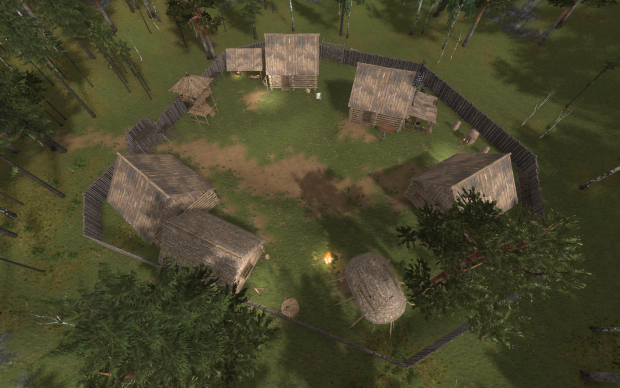

Indeed the Eskbank Colliery furnace, which operated between 18, is often confused with Sandford's later furnace. It is a popular misconception that the site was also an ironworks. It was constructed for the sole purpose of smelting iron from ore. The construction of this later furnace over one kilometre (one mile) away from the Colliery was widely criticised, but its proximity to the railway and its size, providing scope for expansion, made it an understandable choice. The Lithgow Blast Furnace was erected by William Sandford in 1906-1907, a short distance from the Eskbank Colliery which he had purchased outright in 1892. The inclined structure provided access to the furnace top for charging the furnace. Original blast furnace (1875-1882) with its engine house on the left, taken in 1877. In 1886, William Sandford, leased the rolling mills at the Eskbank Ironworks to roll rails. After the blast furnace closed down, the rolling mills were used to re-roll old iron rails into merchant bars.

The original blast furnace at the Eskbank Ironworks closed in 1882, and it is reported that James Rutherford - to avoid the temptation to ever reopen it - in the dead of night, used two dray-loads of blasting powder to blow it up.
LIFE IS FEUDAL WIKI FURNACE FULL
The blast furnace was in full swing and 91 tonnes (100 short tons) per week of iron was anticipated. The new rails stood the test of 36 tonnes (40 short tons), the required standard being 27 tonnes (30 short tons). In May 1880 in the Lithgow Report it stated that the Eskbank Ironworks were working at the rate of four miles of rails per week. Work was carried on intermittently, until it was decided to pull down the blast furnace and convert the castings into merchant iron. About 18,000 tonnes (20,000 short tons) of pig iron was made initially from local ores, which was converted into rails and bars. The Lithgow Valley Iron Works (later the Eskbank Ironworks) then consisted of a blast furnace, foundry and two bar rolling mills with the necessary fitting and smiths' shops. John Sutherland and Dan Williams, an engineer from Canada who worked on the Lithgow Zig Zag railway project. The other principal shareholders were the NSW Minister for Public Works, the Hon. The foundry was erected nearby after Hughes convinced James Rutherford, of Cobb & Co. Ore had been discovered by Dan Williams on Eskbank land which was then owned by Enoch Hughes, who had previously worked at the Fitzroy Iron Works at Mittagong. Its iron and steel works commenced in October 1875 when the first iron smelting took place. Lithgow's association with its iron and steel works was another of this city's big manufacturing eras.


 0 kommentar(er)
0 kommentar(er)
